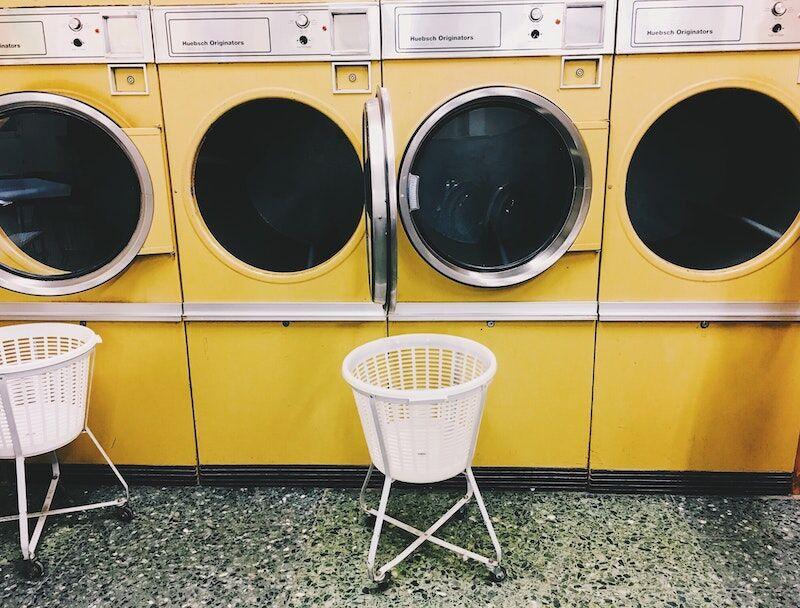Laundry basics for college students
August 20, 2021
Laundry is new territory for many university students. The intimidation of laundry could drive students to madness. Stop buying new socks instead of washing them and quit re-wearing dirty T-shirts. It is time to face fears and get clean.
Step One: Essential Materials
There is no way to start laundry without a few basic materials. While not completely necessary for some, a laundry basket may come in handy. It can be a great visual for those who wait to clean their clothing until the basket is filled to the brim and an organizational tool for those who do not.
The next laundry essential is laundry detergent. It can be best to find a brand that you love and stick with it for life. Like Tide Pods, liquid detergent and popular detergent packs do the same thing; personal preference based on convenience and price will control what detergent becomes crucial in certain lifestyles.
Laundry is a different beast for everyone, so certain products can be added for extra effectiveness. Dryer sheets, fabric softener and scent enhancers are products that up the anti but are not imperative for clean clothes.
Step Two: Find a location
One thing about universities is that there are laundry rooms around every corner. Laundromats and dorm halls are some of the most popular laundry locations. It is important to tread lightly on laundry newbies: lots of washers and dryers require payment. Many dorms accept swipes from ID cards to pay for laundry and other places are strictly coin-operated.
Step Three: Separate the laundry… Or don’t
Some people swear by separating laundry into different categories. Separating laundry by colors is a widespread technique; white laundry, dark laundry and colorful laundry could be washed and dried in separate loads to ensure that clothing dye does not mix and ruin clothes.
For time-sensitive individuals and those who penny-pinch, separate loads of laundry could be superfluous. Be sure to wash important white or light clothing separately, however.
Step Four: Wash
Throw the laundry into the washing machine and let it do its job. Be sure to carefully measure out laundry detergent based on the amount of laundry you have and how dirty it is. The caps of liquid detergent containers often have a measuring feature so no detergent is wasted. Read the directions on the detergent label before you turn on the start button.
It is also a good idea to read the washing instructions on the machine. Some machines operate best when detergent is poured directly with the clothing and some have separate compartments for the detergent. If you choose to use fabric softener, be sure to find the specific dispenser for it.
Step Five: Dry
After the laundry is clean, it needs to be dried. Throw the laundry into the dryer, turn it on and let it dry! Dryers are easy to operate and there is not much room for error. Always take a lesson from basic fire safety and remember to clean the lint trap before pressing start.
Step Six: Folding and clothing care
Once the laundry is clean and dry, it is time to organize it. Folding laundry can be time consuming and tedious, but it is important if you want to properly care for your clothing. Hang up dressier items like dress shirts, pants and sweaters on hangers.
Ironing is best for clothing that easily wrinkles or is of high quality. A proper iron and ironing board are typically not a college essential so alternatives to iron exist. A good ironing hack is to hang up wrinkled clothing in the bathroom while running a hot shower. The steam does the trick about as well!
Remind yourself to make laundry a priority. It will keep piling up and it is never-ending. Learning the basics of laundry can prepare you for a life of taking care of clothing.

















